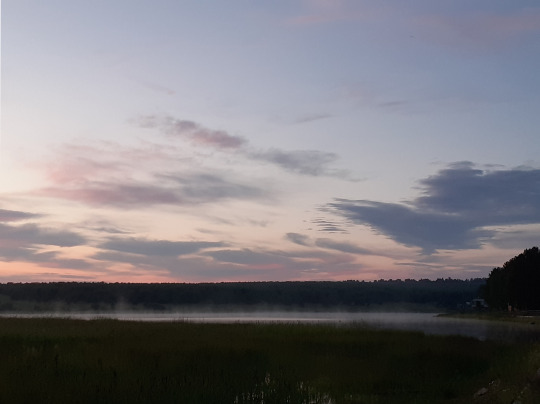24 | Ichthyology grad student | No such thing as trash fish
Don't wanna be here? Send us removal request.
Text
*no chicago bc it would obviously sweep lol
2K notes
·
View notes
Text
the paralyzed cicadas I picked up from a failed cicada killer nest are the perfect material to show off some cool features of insect anatomy! (although the wasp’s venom would keep them alive for her larvae to eat, I froze them to make sure they’re fully dead for dissection).
cicadas are powerful, fast fliers, and all of their thorax is taken up by a bulk of reddish, stringy flight muscles, which I’ll talk more about later. this cicada is a female, so her abdomen is full of white, elongated eggs that she will insert into tree bark with the bladed ovipositor at her rear.
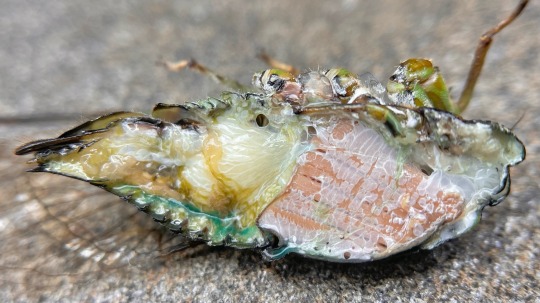
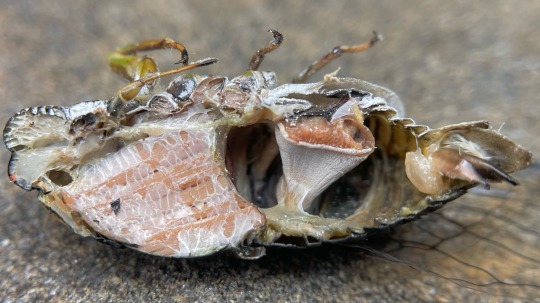
the male cicada’s abdomen, however, is almost entirely empty, and that air-filled space is used as a resonator for his loud calls. the biggest structure visible there is a curved pair of muscles that deforms the tymbals, producing a click with every contraction.


here's a view of the complete muscle, and the tymbals themselves which look like overlapping plates on his belly. if you're curious what the white frosted appearance is, some Neotibicen have a coat of waxy powder or pruinescence; this male N. tibicen is particularly pruinose.
onto the flight muscles:
powered flight is a pretty complex mechanism in any organism, and is never so simple as just flapping wings up and down, but most insects power their flight in a really unintuitive way (at least for us vertebrates): they contract muscles in their thorax that aren’t even attached to the wings!
this method of flight is called indirect flight, in contrast to the direct flight of the dragonflies and mayflies where each of four wings is directly attached to a muscle and can flap on its own.
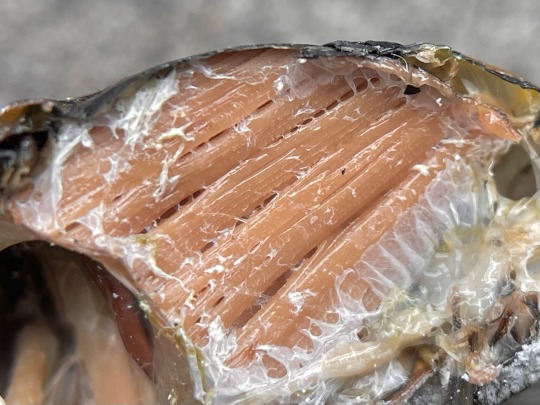
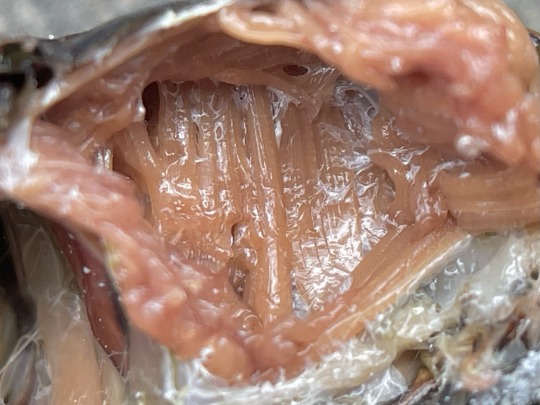
instead, most insects have a longitudinal (image 1 above, d below) pair and a vertical (2, c) pair of muscles that deform the shape of abdomen, pulling the upper segment of the thorax (notum) up and down, and this moves the wings which are attached to the notum. useful indirect flight gif from wikipedia found here
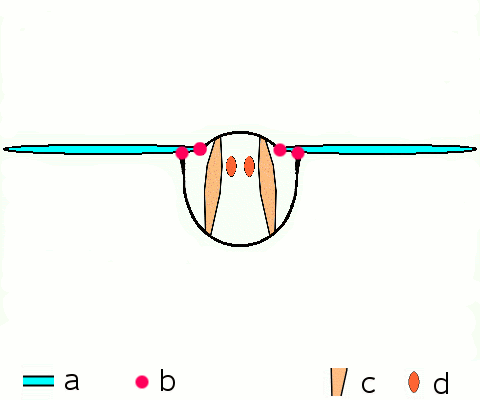
even if compressed manually, the dead cicadas "flap" their wings due to the motion of the notum:
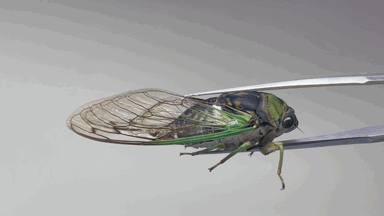
insect flight is a lot more complicated than this simplified look at them, but I think these cicadas offer a pretty good look at how most insects get around essentially by squishing themselves internally!
9K notes
·
View notes
Text
Caught on camera for the first time in history, this is the extremely-rare Chirodectes Maculatus—a species of spotted box jelly.
45K notes
·
View notes
Text
When trent reznor wrote pretty hate machine he was writing it for girls in their early 20s
3 notes
·
View notes
Text
i dont want to run "R code" i want to run free through the meadows
203 notes
·
View notes
Link
Guthrie had help from the Iowa State University (ISU) STRIPS (Science-based Trials of Row-crops Integrated with Prairie Strips) program, which was founded in 2003 by scientists hoping study the effects of strategically planted native prairie for soil, water, and biodiversity benefits on farms. After 10 years, the team began to publish a series of papers laying out their results. They found that adding a prairie to a small fraction of a farm yields impressive benefits for water quality and nutrient retention, reducing erosion, providing habitat, and other benefits. In the years since, the ISU team has been working to help more farmers create native prairies.
Prairie strips are a technical innovation drawn from the distant past. “It’s sort of back to the future,” explained farm owner Lee Tesdell. His farm sits on 80 acres Tesdell’s great-grandfather bought in 1884; today he works with a farmer to raise corn, soy, and alfalfa using the latest regenerative agricultural technologies: cover crops, no-till practices, and prairie strips. It’s satisfying work, and part of a larger trend.
210 notes
·
View notes
Text
Are you really in the fisheries/wildlife/ecology/zoology fields if you don't own an incredibly abused and unwashed baseball cap
3 notes
·
View notes
Photo
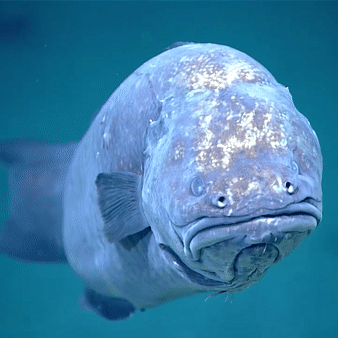
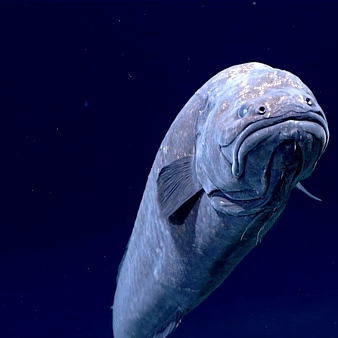
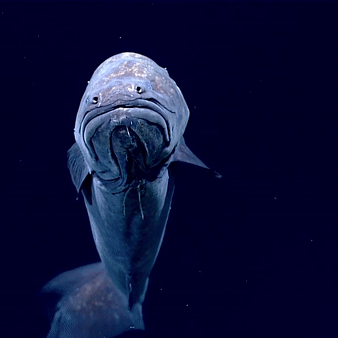
Cusk Eel (SOURCE)
6K notes
·
View notes
Photo

Oude Diep , Drenthe - Siemen Dijkstra, 2020
Dutch,b.1968-
Colour woodcut, 22.5 x 22.5 cm.
395 notes
·
View notes
Text
so much NIN official photography is like. we neeeeeeed you to see the wires and cables and knobs and switches and screens because it is as fascinating to us as it is to you.
9K notes
·
View notes
Text
Another native U.S. fish! Meet the Bluenose Shiner aka Pteronotropis welaka.


This little beauty is native to deep, slow-moving rivers in Alabama and Georgia. Unfortunately, they are currently listed as vulnerable due to habitat loss, so until conservation efforts restore their numbers, these little cuties won't be swimming into your tanks any time soon.
516 notes
·
View notes
Text
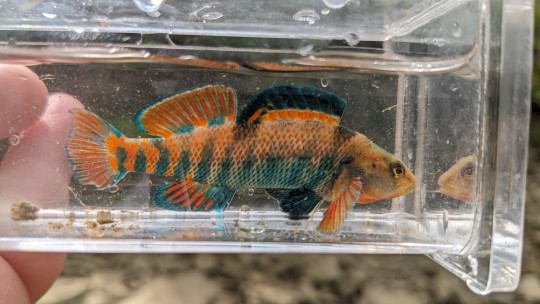
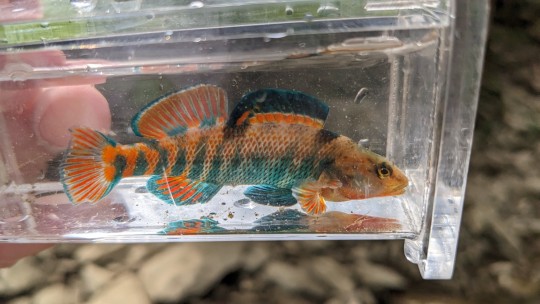

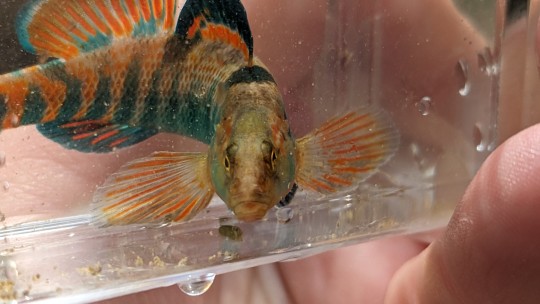
A gorgeous male Rainbow Darter (Etheostoma caeruleum) - Southwest Ohio, 4/23/2023
974 notes
·
View notes



